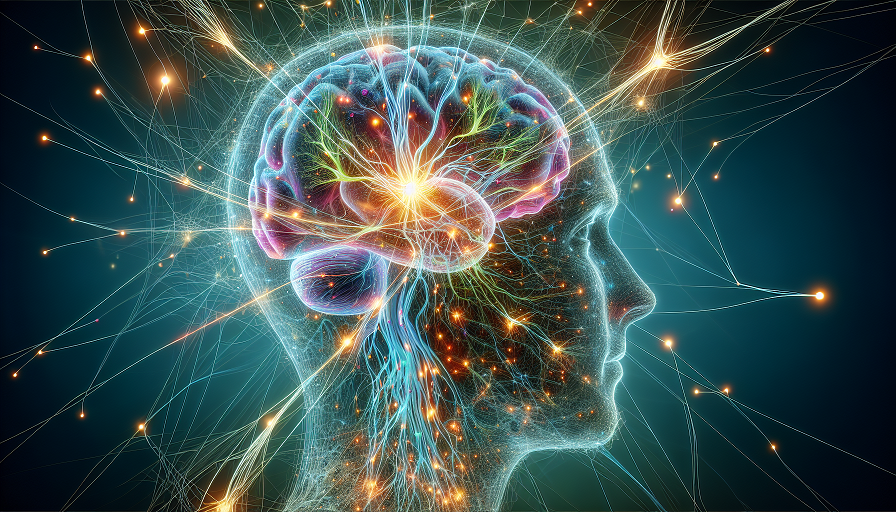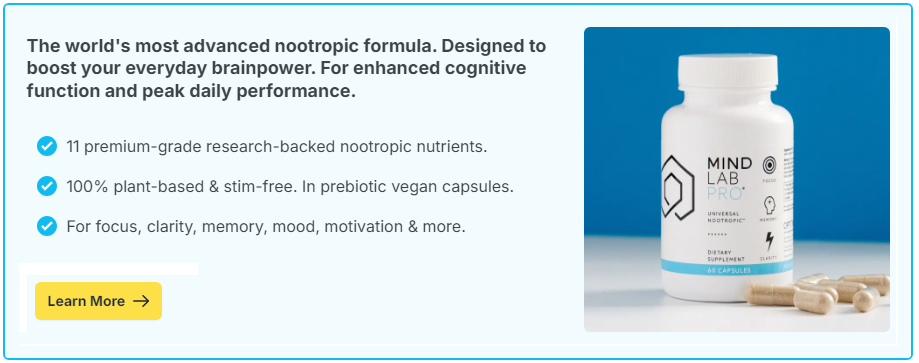
Have you ever been amazed by a friend’s brilliant solution to a tricky problem, or perhaps you’ve experienced one of those “aha” moments yourself, when the answer to a puzzling dilemma suddenly seems crystal clear? This is the marvel of creative problem-solving, a skill that turns ordinary thinkers into ingenious innovators. Here we examine the fascinating process of how your brain forms these genius ideas and explore ways to enhance your creativity.
Contents
Understanding the Brain’s Creative Process
Your brain is a complex network that performs wonders every day. When it comes to creativity, your brain is at its best as it connects various pieces of information, drawing from both your experiences and new information. The way your brain organizes and processes these ideas is key to creative problem-solving.
The Role of the Brain’s Hemispheres
Generally, the brain is divided into two hemispheres: the left and the right. While the left hemisphere is often associated with logical thinking and analytical processes, the right hemisphere is linked to creativity and imagination. However, it’s essential to understand that both sides work together, communicating seamlessly to generate creative thoughts.
The Network Behind Creativity
Three primary networks within the brain contribute to creative thinking: the Default Mode Network (DMN), the Executive Control Network (ECN), and the Salience Network.
- Default Mode Network (DMN): This is the network that operates when you’re daydreaming or brainstorming. It helps in mind-wandering, which is crucial for coming up with new ideas.
- Executive Control Network (ECN): This network takes over to evaluate and refine ideas. It helps you focus on viable solutions and discard those that aren’t useful.
- Salience Network: This is the bridge between the DMN and ECN. It helps determine which events are important enough to pay attention to, helping you switch between brainstorming and critical thinking.
Steps in the Creative Problem-Solving Process
To harness the power of creativity, you don’t have to wait for inspiration to strike out of the blue. There are specific steps that you can follow to find innovative solutions:
1. Define the Problem
Before you can solve any problem, you need to understand it clearly. Look at the issue from different angles, asking questions like: What is the actual problem? What does success look like? Defining the problem thoroughly sets a reliable foundation for creative thinking.
2. Gather Information
Once you have defined the problem, the next step is research. Gather as much relevant information as possible. This could include looking at past similar problems and their solutions, understanding the context, and brainstorming with others. The goal is to gather a pool of knowledge that you can draw upon for innovative ideas.
3. Brainstorm Solutions
During brainstorming, let your mind run free. Don’t censor yourself or dismiss any ideas, no matter how outlandish they may seem. Often, the most extraordinary and groundbreaking solutions start from seemingly absurd notions.
4. Evaluate and Refine
Now it’s time to switch gears and become more critical. Use the information and your logical reasoning to assess your brainstormed ideas. Which solutions are the most feasible and effective? Cut down your list and start refining.
5. Implement the Solution
The final step is to turn your idea into action. Testing the solution in a real-world scenario often provides feedback that allows for further tweaks and improvements.
Enhancing Your Creative Abilities
Boosting your creative problem-solving skills is possible with practice and the right mindset. Here are several strategies you can incorporate into your daily life:
Practice Mindfulness and Meditation
Mindfulness and meditation can significantly enhance creativity by increasing awareness and reducing stress. When your mind is clear and relaxed, it’s easier for creative ideas to surface.
Engage in Diverse Experiences
Expose yourself to different cultures, subjects, and environments. This diversity can help expand your perspective and seed fresh ideas when you need to solve problems.
Maintain a Curious Attitude
Curiosity leads to exploration and learning, both of which are rich sources of inspiration. Make it a habit to ask questions and seek new knowledge daily.
Create a Creative Environment
Arrange your workspace to inspire creativity. Decorate it with tools and resources that encourage innovation, such as books, art supplies, and visual inspiration boards.
Use Techniques like Mind Mapping
Tools such as mind maps can help visualize relationships between ideas, making it easier to organize thoughts and inspire holistic breakthroughs.
The Role of Brain Supplements in Enhancing Creativity
In addition to the strategies mentioned above, some individuals turn to brain supplements to potentially enhance cognitive functions, including creativity and problem-solving. These supplements, often referred to as nootropics, aim to boost brain health, improve mental clarity, and increase focus.
Popular Brain Supplements for Cognitive Enhancement
- Omega-3 Fatty Acids: Commonly found in fish oil, these are known to support brain health and have been linked to improved mental function.
- Ginkgo Biloba: This herbal supplement is believed to improve memory and cognitive processing by increasing blood flow to the brain.
- Bacopa Monnieri: Traditionally used in Ayurvedic medicine, Bacopa is touted for reducing stress and enhancing cognitive performance over time.
- Rhodiola Rosea: Often used to manage stress, Rhodiola is thought to benefit mental energy and focus.
- L-theanine: Found in tea leaves, it’s known for promoting relaxation without drowsiness and can enhance attention and creativity.
A Creative Evolution
In today’s fast-paced, ever-evolving world, the ability to solve problems creatively is more valuable than ever. Whether through practicing mindfulness, exposing oneself to new experiences, or considering the cautious and informed use of brain supplements, the journey to enhanced creativity is personal and varied. As you explore different methods, remember that creativity thrives best in an open, curious, and nurturing environment.

